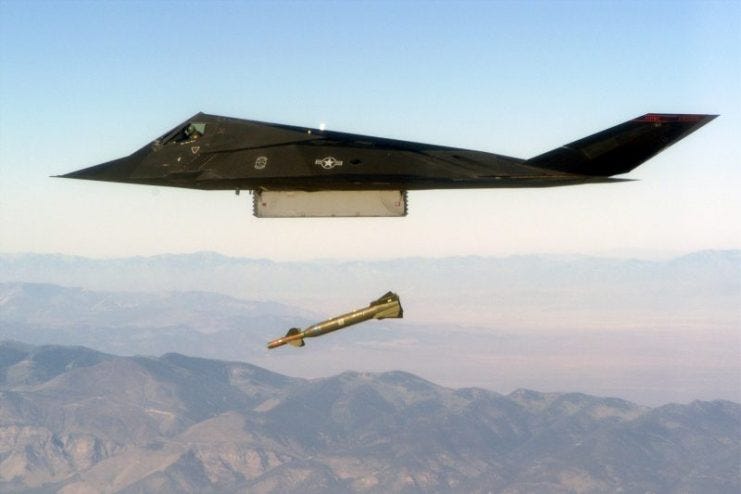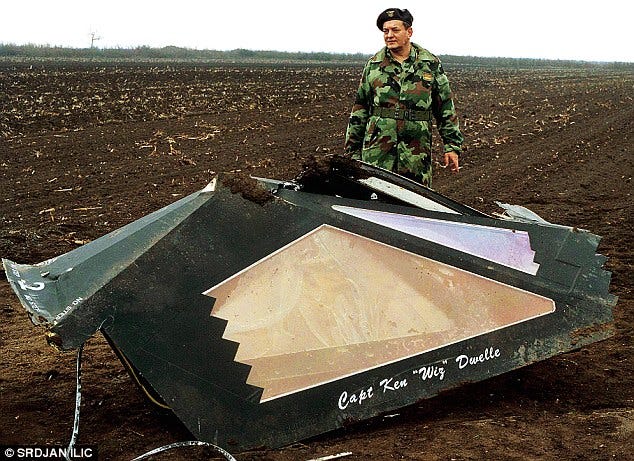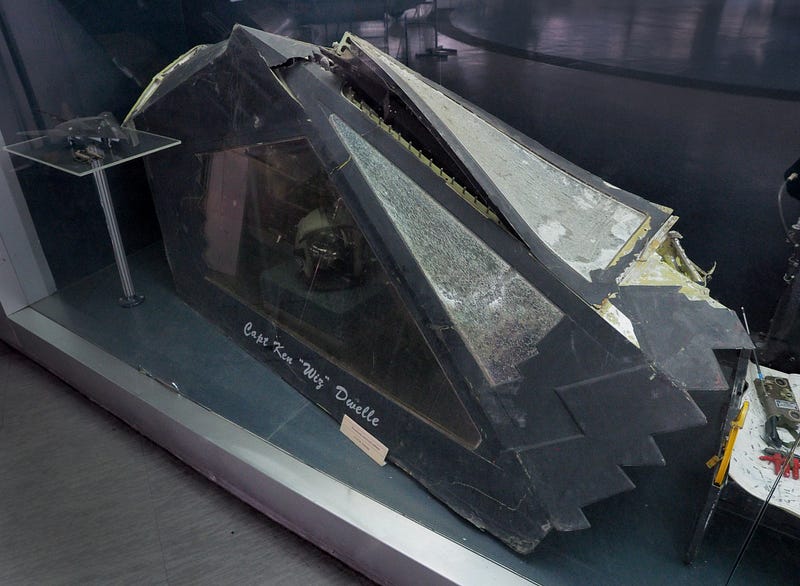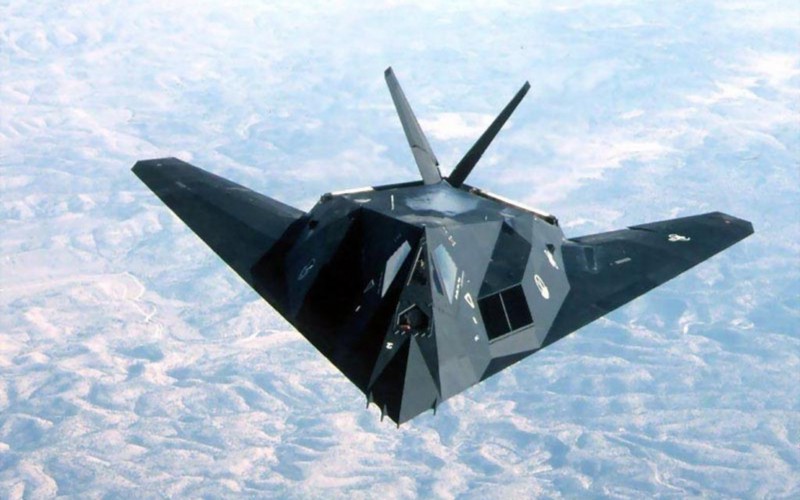 1999 the F-117 Nighthawk was widely regarded as one of the most advanced aircraft ever created. With a sleek profile and anti-radar coating, the aircraft was, for all intents and purposes, invisible. Able to carry up to 8,000 lb (3,600 kg) of ordnance without the danger of being shot down, this aircraft was ideal for the warzone of Yugoslavia in 1999.
1999 the F-117 Nighthawk was widely regarded as one of the most advanced aircraft ever created. With a sleek profile and anti-radar coating, the aircraft was, for all intents and purposes, invisible. Able to carry up to 8,000 lb (3,600 kg) of ordnance without the danger of being shot down, this aircraft was ideal for the warzone of Yugoslavia in 1999.
Thus it might surprise many that such an advanced aircraft was able to be shot down by a С-125 “Нева”/”Печора” (Anglicised: S-125 Neva/Pechora), an anti-air system designed and put into service in the 1950s.
The battleground
To really understand how this outdated anti-air system was able to destroy cutting-edge technology, we must first look at how the F-117 got into said situation in the first place. It all started with the Kosovo War (February 1998–11 June 1999) and the resulting NATO bombing of Yugoslavia (March 24 — June 10, 1999).
As always is the case with the Balkans, the region was at a boiling point in the 1990s due to the racial split within the Yugoslav republic. Early signs of separatism within the republic were seen in 1992 within Slovenia and would only build up from there, reaching a crescendo in 1998 when the Kosovo War was started. Due to a reported breach of the Geneva convention by the Yugoslav army in Kosovo, NATO was forced to step in as a ‘peacekeeping’ force.

In retaliation for the Yugoslav attack on the people living in the Kosovo region, a campaign was started by NATO to try to bomb Yugoslavia into submission. This was the first time Yugoslavia would see itself targeted by bombers since World War Two. As part of this bombing campaign, the US decided to deploy its F-117s to accelerate the effort.
It was thought that the rudimentary anti-air systems of the Yugoslav army had no chance to even damage the aircraft, let alone down it. The American leadership was soon proven wrong.
A day to remember
On 27 March 1999, Lt. Col. Darrell Patrick “Dale” Zelko was tasked with a standard bombing run. Being a veteran of Operation Desert Storm, Zelko was confident in his flying skills and thought of this bombing run as another standard flight. Around 8 PM, he reached his bombing site and opened his bomb bay doors to release the ordnance.
At the same time 250th Air Defense Missile Brigade detected his F-117 because of the increased radar signature produced by the opened bomb bay doors. The plane was tracked by Yugoslav radar for only 17 seconds to avoid being locked on to by NATO anti-air suppression, enough for the brigade to get a sense for the aircraft’s location.
At 8:15 PM, the Air Defense Brigade fired several missiles with a range of 13km at the bomber, which was 23km away at the time. Of the missiles fired, only 2 reached close enough to the aircraft for Zelko to see them. One passed just above the aircraft creating enough turbulence to move the aircraft, but the second hit its mark. The explosion created is said to have been so big that the people flying a KC-135 Stratotanker above Bosnia could see it.

The now damaged aircraft tumbled out of control resulting in Zelko having to eject from the plane, something he found difficult due to the immense g-forces he was being subjected to. After deploying his parachute, Zelko used his emergency radio to send a message requesting help, using his altitude to amplify his signal. What commenced was a night of terror for the downed pilot.
The stranded pilot was nearly caught multiple times throughout the night but was lucky enough to evade the search parties until the morning. As the sun rose, he was rescued by the Combat Search and Rescue team around 8 hours after his aircraft was shot down. He was airlifted away, leaving behind a piece of history one mile away from where his aircraft crashed.
A trophy and a friend
The downing of the F-117 was used extensively by the Yugoslav media as propaganda, although it would not last for long as the Kosovo War would end several months later. Pieces of the downed aircraft were sent to Russia and China to be studied, with the rest being put in the Belgrade Aviation Museum, where they are still on display to this day.

The leader of the 250th Brigade, Lt. Colonel Zoltán Dani, and Zelko met up in 2011 where they discussed the events of the night on 27 March. It is said that this event brought the two Lieutenant colonels closer and that they are now friends, looking at the experience as something that brings them together. Both have retired from military service and continue their civilian lives, knowing they partook in an unforgettable part of history.

Student of Philosophy, Politics and Economics. History fanatic. Contact: aneculaeseicg@gmail.com





